
Our Communities. Our Teams. Our Future.
We’re proud to make high school sports coverage free for everyone—because these moments matter. At Maine State Credit Union, we’re here for the people and places that make Maine strong. Let’s Go! Learn more at mainestatecu.org.
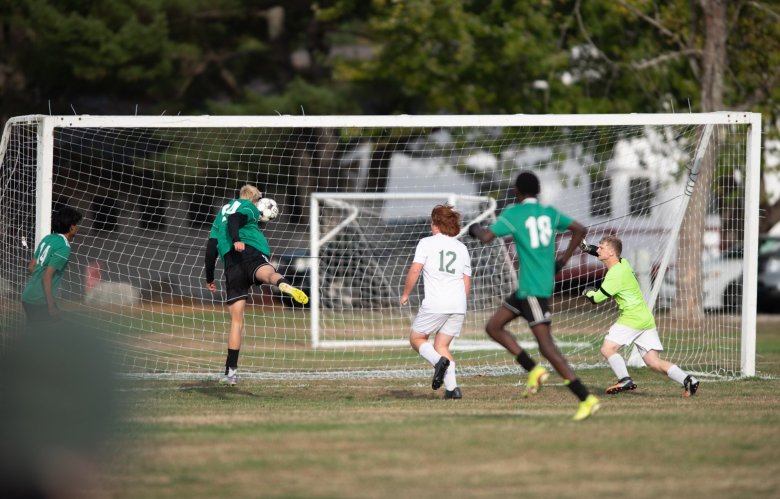
Although cramped, the small white van Finley Conover boards on a mid-October day is easily big enough to fit his entire Islesboro Central soccer team. A year from now, he hopes to still be riding it.
Conover hopes to play collegiate soccer one day. But with three of his nine teammates set to graduate, and as class sizes continue to shrink at a school that has just 24 high-school students, he can’t help but wonder: What if the numbers dry up?
“We’ll forfeit, I guess,” Conover said. “I don’t know. It’s kind of difficult.”
Although the thought might be unimaginable to most high school athletic programs in Maine, it’s a harrowing reality at small schools like Islesboro. There’s optimism as changes are made to address the realities at the state’s smallest schools, but anxiety and concern over what it all looks like in the years to come still lingers.
AT THE TOP OF THE STATE, Van Buren athletic director Matt Rossignol has seen the numbers dwindle. In 1975, Van Buren had a graduating class of 218 students. Now, there are 56 in the high school.
Whereas Van Buren offered varsity, junior varsity and freshman basketball teams when Rossignol was at the school from 1981-85, putting together even one team these days can be a challenge. Another factor, he said, is that declining numbers mean less competition for roster spots, which affects the quality of play.
“Kids realize that the spot on the team is pretty much guaranteed,” Rossignol said. “It used to be that, if you were the seventh man on a basketball team as a sophomore and didn’t work on your game that summer, you were probably going to drop down to the 10th man or might not even make the team. Now that you’re not competing with that many players, that’s not the case anymore.”
Then, there’s baseball, which Van Buren hasn’t offered since 2022. Valley in Bingham couldn’t field a team last year. Although Forest Hills in Jackman has consistently fielded baseball and softball teams, Anthony Amero, the school’s longtime boys basketball coach and former athletic director, said the future of those sports is in doubt.
Rec programs are another issue. Forest Hills built a strong rec program after Jackman, which has U.S. Border Patrol and Customs agencies, took in nearly $1 million worth of grants after the 2001 terrorist attack in New York, but that only lasted for so long before taxpayers had to foot the bill. Katahdin athletic director Kimberly Mann called rec sports one of the biggest challenges, while Greenville AD Josh Guay stressed it as one of the clearest indicators of interest.
“They don’t call it a feeder program for nothing,” Guay said. “I look at the numbers all the way down to pre-K. It’s really important to build pride in those programs. Fortunately for us, we have phenomenal numbers in our rec program with the younger generations, so I’m pretty optimistic.”

There’s optimism elsewhere, too. Mann said Katahdin will have JV basketball teams this year — not an everyday occurrence at a school with 65 students. Telstar (Bethel) athletic director Gail Wight is bullish on the numbers at her school. And Rossignol noted that, while the decline in overall student body isn’t ideal, the smaller numbers have also led to some kids who might not have otherwise played coming out for the team.
“Back in the day, you might have had kids who said, ‘You know, I’m not good enough, so I won’t try,’ but now, kids think, ‘I can play,’” Rossignol said. “There’s plenty of kids today who are a lot more talented than a lot of the players 10, 20 or 30 years ago, but because the number of those is not as high just because of the drop (in numbers overall), some of the kids that would have been discouraged might not be anymore.”
In 1997, his first year at Forest Hills, Amero went before the Maine Principals’ Association Classification Committee to pitch a fifth basketball class. Although the idea was rejected at the time, Amero’s years of lobbying finally paid off when the MPA implemented a Class AA to complement the existing A-D in 2015.
This year sees another major change: the elimination of AA and the introduction of Class S for schools under 100 students. Although many favor the change, others have mixed feelings. Valley boys basketball coach Mike Staples lamented that Class S started three days before the other classes. He and senior Fisher Tewksbury also dislike the “S” label, which they say is diminishing.
“I just don’t think the small schools ever really get looked at as much,” Tewksbury said. “You go from being in Class D that’s barely looked at, and now that it’s Class S, you barely get looked at all. You’re kind of part of your own different group.”
Going from Class D to S in basketball is far from the only change to the sports scene at Valley High in recent years. Two years ago, the MPA implemented eight-player soccer for schools with dwindling enrollments, and Valley was quick to join.
For Staples, who also coaches that boys soccer team, it’s a sign of the times. A selectman in the nearby town of Moscow, he fondly recalls the boys basketball team’s exploits of the late ’90s and early 2000s. Back then, Valley High had 130 students. Now, it has 63, and although the school is still thriving on the court, Staples worries where it’s all headed.
“We do well with kids participating, but I hate the thought of us losing a school just like any community does because once you do, the community is done,” Staples said. “I think any small school in the state of Maine is suspect to that. It would just be awful if it happened because it’s the only identity we have.”
In 2018, 20 schools with fewer than 100 students offered high school basketball in Maine. Eleven of those 20 have since declined in enrollment, with only five increasing. Four (Greater Houlton Christian, Greater Portland Christian, Highview Christian and Seacoast Christian) no longer sponsor boys or girls teams, while others, such as the Rangeley girls (no team from 2022-25) and the North Haven boys (no team this year), are year-to-year.
In addition to Van Buren, Valley and Katahdin (Mann’s graduating class in 2000 had 63 kids alone), Vinalhaven has also seen a steep enrollment drop. When Deja Doughty, the school’s current athletic director, was a senior in 2017-18, the high school had 65 students. It now has 28.
Even smaller than Vinalhaven is North Haven, enrollment 23, which co-ops with Vinalhaven in soccer. North Haven players to travel to south end of their island and take a skiff across the Fox Thoroughfare to the north end of Vinalhaven Island, where a driver takes them a half-hour south to Vinalhaven School.
“Their kids love soccer, and they get along with our kids very well and enjoy the program,” Doughty said. “We make it work. I think the MPA has done a good job of trying to help the situations at schools like ours with the eight-man soccer and Class S, which makes me feel good about (the future).”
Amero has pondered other ways to get smaller. Before stepping down as Forest Hills athletic director in June 2023, he floated 4-on-4 basketball. If short-sided football and soccer could happen, he thought, why couldn’t basketball? Smaller classes or leagues taking the top-three and -four scores in golf and cross country instead of the usual four or five, he said, could be another option.
Options could also exist outside of the MPA. In recent years, East/West Conference schools have traveled to Buckfield between the winter and spring seasons for a co-ed volleyball tournament that’s become a hit among players and administrators. Amero has even proposed 6-on-6 flag football.
“Whatever it is, the onus is going to be on the administrators to do things for our student-athletes,” Amero said. “I don’t see sports ever leaving, but you have to think differently these days — you have to adapt.”
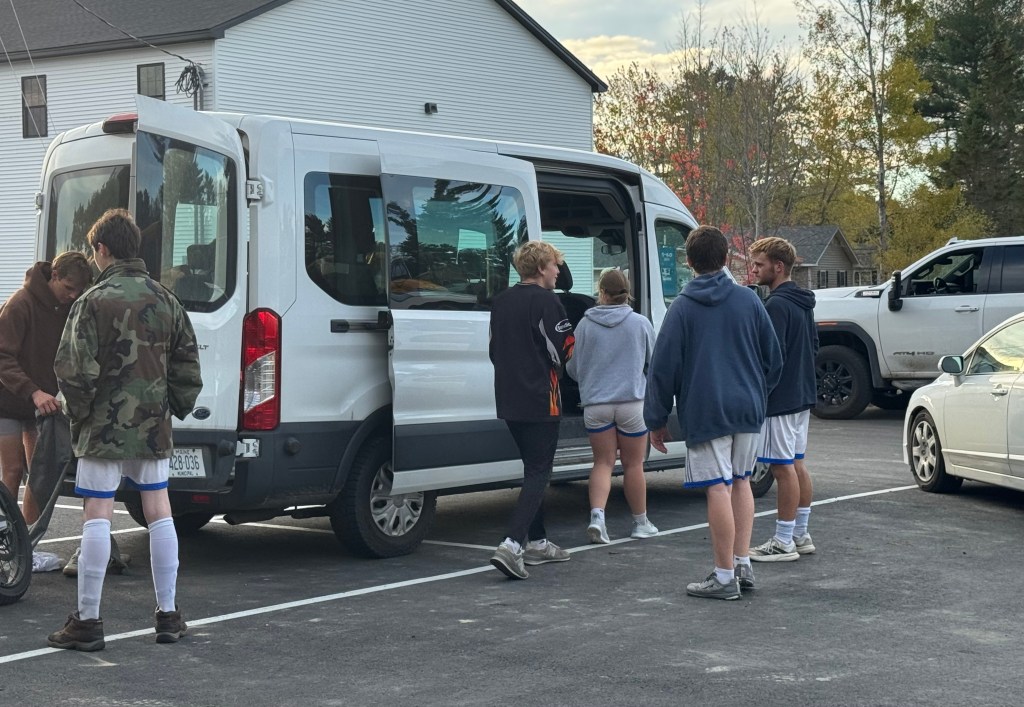
Before boarding a van following an October win over Penobscot Christian, members of the Islesboro soccer team pondered their postgame meal. Suddenly, a voice blared out, “Chipotle!” The restaurant is on the other side of town in the opposite direction from the ferry terminal in Lincolnville, but that mattered little.
These experiences are cherished among the Islesboro soccer team, but like Conover, Islesboro AD Tracey Wuori wonders how long they will continue. Of the 24 students in the high school this year, 10 will graduate. There are no freshmen in the school. Not a single class in grades kindergarten through eighth grade has more than five students. Most have two or three.
Because Islesboro doesn’t have enough players to field boys and girls teams, its co-ed team of seven boys and three girls competes in the boys division. One of those girls is Samantha Conover, Finley’s cousin.
“You’re helping the community, and it’s a good experience,” said Samantha Conover, who did not play soccer before this year but joined the team to help keep it afloat. “(Playing against boys) is definitely different — it’s kind of rougher than I expected — but you get used to it after a while.”






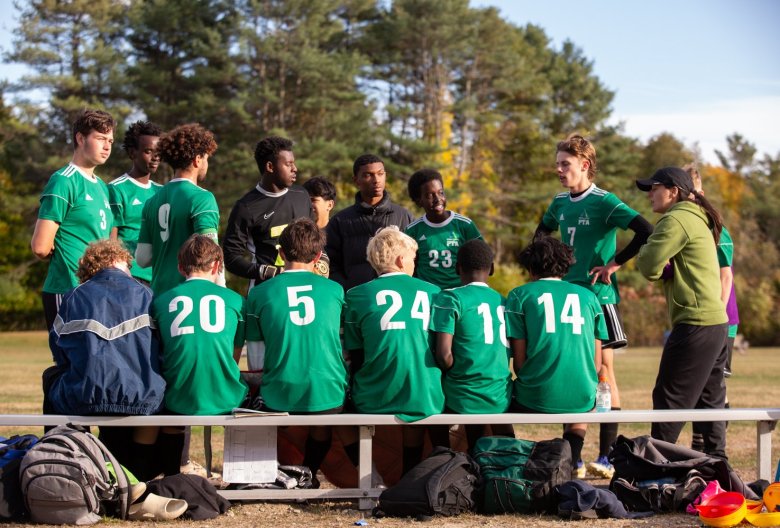
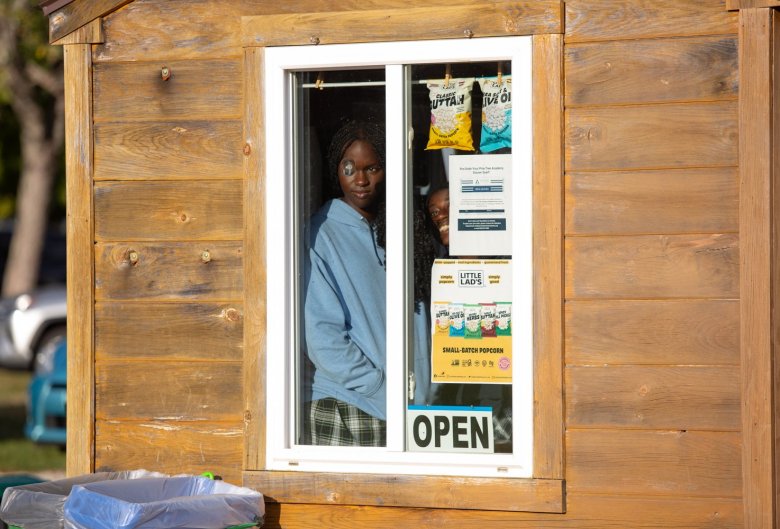
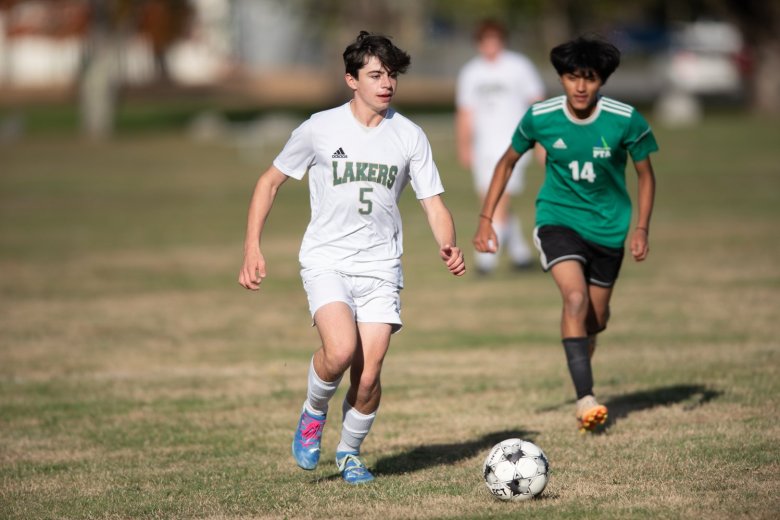

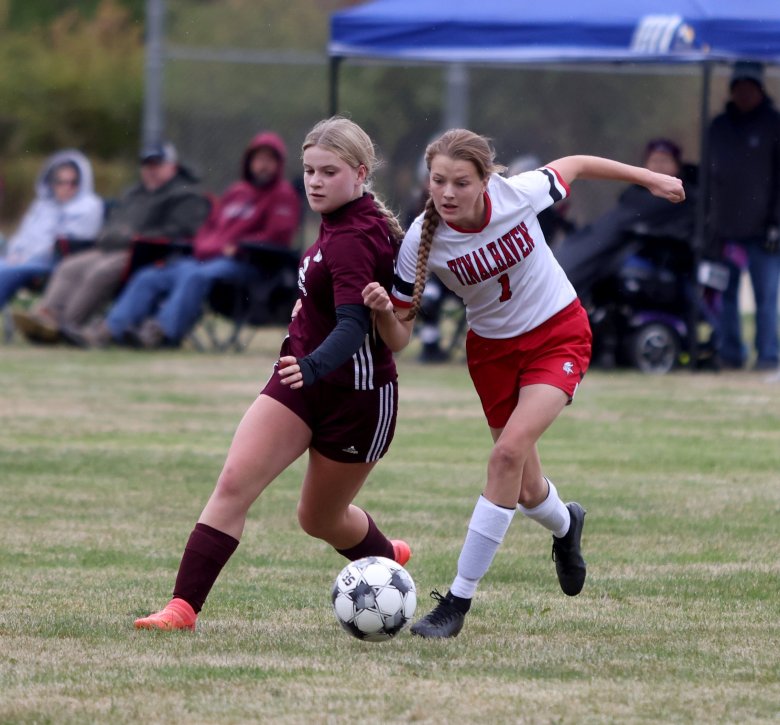
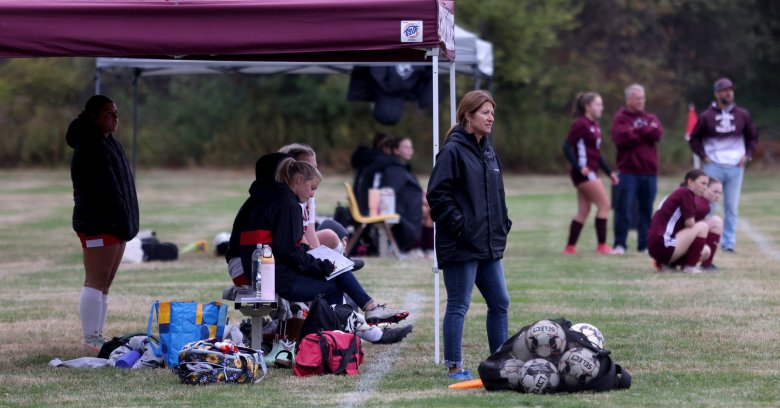
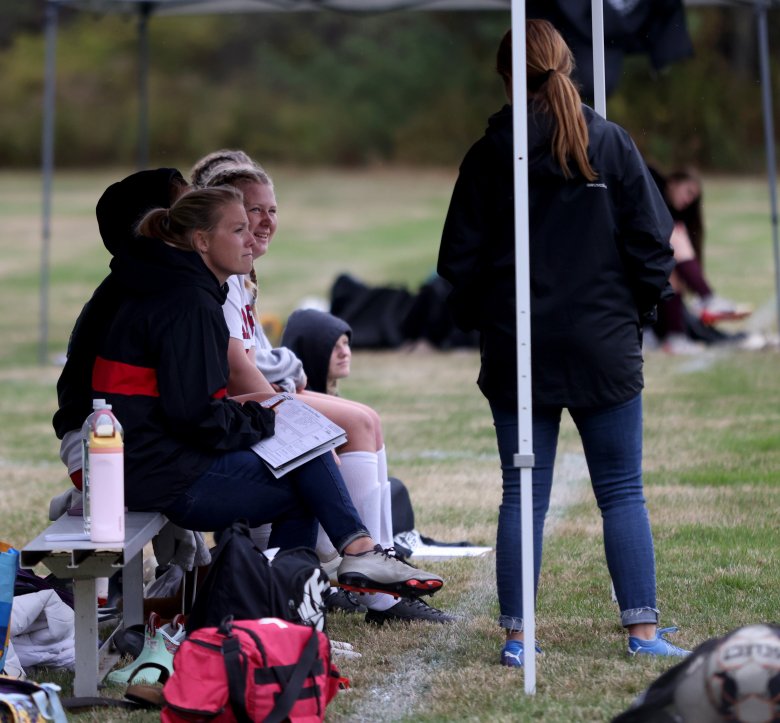
We invite you to add your comments. We encourage a thoughtful exchange of ideas and information on this website. By joining the conversation, you are agreeing to our commenting policy and terms of use. More information is found on our FAQs. You can modify your screen name here.
Comments are managed by our staff during regular business hours Monday through Friday as well as limited hours on Saturday and Sunday. Comments held for moderation outside of those hours may take longer to approve.
Join the Conversation
Please sign into your CentralMaine.com account to participate in conversations below. If you do not have an account, you can register or subscribe. Questions? Please see our FAQs.